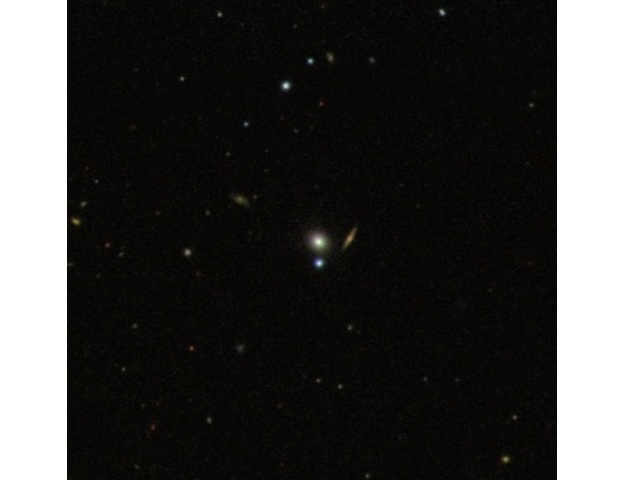Some 290 million years ago, in a distant galaxy called PGC 043234, there lived a Sun-like star with a death wish. When it strayed too close to its galaxy's central black hole, which possessed a gravitational bulk equal to three million of our Suns, the wayward star was ensnared by immense tidal forces, torn to shreds, and devoured in a spectacular display of cosmic fireworks.On Monday, NASA released a vivid simulation of the star's brutal swan song, which stretched over a period of months. Watch as the black hole skins the star into ribbons of material, which are then catapulted into elliptical arcs that ultimately collide with each other around the hole.
Advertisement
Animation of ASASSN-14li event. Video: NASA Goddard Space Flight Center/YouTubeThat's right: The black hole not only tears up the poor star, it also pummels its shredded remains together in some kind of tidal dominance display. Damn, PGC 043234 black hole, you do not mess around.While all of this carnage was going down in real time, life on Earth was sauntering into the Permian geological epoch, long before the age of dinosaurs, let alone humans. The light generated by the event took 290 million years to travel to our system, finally arriving on November 22, 2014, when it was first captured by the All-Sky Automated Survey for SuperNovae (ASASSN) project.

The animation is based on subsequent observations sourced from the Chandra X-ray Observatory, the Swift Gamma-ray Burst Mission, and the XMM-Newton space telescope, among many others. Further research into the event, which is known as a "tidal disruption flare," was recently published in the Astrophysical Journal Letters.Read More: What Is a 'Stealth Black Hole,' and Should We Worry One Will Gobble Us Up?Fortunately, the Sun is positioned a safe 40,000 light years away from the Milky Way's supermassive black hole, so Earthlings shouldn't worry about sharing the same fate. Instead, if we stick around on this planet, we are likely to be boiled to death by the late-stage expansion of the Sun, provided that an asteroid doesn't kill us first. Phew.Subscribe to pluspluspodcast, Motherboard's new show about the people and machines that are building our future.
